White Pepper Powder: A Spicy Twist on a Classic Ingredient
Table of Contents
Introduction to White Pepper Powder
If you've ever reached for pepper in your kitchen, you might have noticed that there are different types available—black, white, green, and even pink. But among them, white pepper powder stands out for its unique flavor profile and versatility. While black pepper is more commonly used, white pepper has a subtler, earthier taste that can elevate your dishes in unexpected ways.
White pepper powder is made from the fully ripened berries of the Piper nigrum plant. Unlike black pepper, which is dried while still green, white pepper is processed by soaking the ripe berries in water to remove their outer layer, leaving behind the inner seed. This gives it a lighter color and a more delicate, slightly sweet flavor compared to the sharp bite of black pepper.
It’s often used in creamy sauces, seafood dishes, and light-colored soups where black pepper might stand out too much. In some cuisines, especially in Asian and French cooking, white pepper is preferred for its mellow taste and ability to blend seamlessly into the dish.
White vs. Black Pepper: What's the Difference?
To understand why white pepper is so special, let's compare it with its more familiar cousin, black pepper.
| Feature | Black Pepper | White Pepper |
|---|---|---|
| Source | Unripe green peppercorns | Ripe peppercorns with outer layer removed |
| Color | Dark brown or black | Light tan or white |
| Flavor | Strong, pungent, and sharp | Milder, earthy, and slightly sweet |
| Use | General seasoning, meats, stews | Creamy sauces, seafood, light-colored dishes |
While both are derived from the same plant, their differences make them suitable for different culinary purposes. If you're looking for a more refined, subtle heat, white pepper could be the right choice for you.
Top 10 Uses for White Pepper Powder
White pepper is a versatile spice that can be used in a variety of dishes. Here are ten creative ways to incorporate it into your cooking:
- Creamy Soups: Add a pinch of white pepper to tomato soup, potato soup, or bisque for a smooth, aromatic finish.
- Seafood Dishes: Use it in shrimp scampi, crab cakes, or fish fillets for a subtle kick without overpowering the delicate flavors.
- White Sauces: Enhance béchamel, Alfredo, or carbonara with a touch of white pepper for depth and complexity.
- Salads: Sprinkle it over mixed greens, avocado salads, or grain bowls for a fresh, nuanced flavor.
- Eggs: Add a dash to omelets, scrambled eggs, or frittatas for a richer taste.
- Marinades: Mix it into chicken, pork, or tofu marinades for a mild, smoky note.
- Bread and Baked Goods: Use it in bread dough, scones, or cookies for a hint of warmth and complexity.
- Vegetables: Toss it with roasted carrots, potatoes, or Brussels sprouts for extra depth.
- Butter and Herbs: Combine it with unsalted butter and herbs for a flavorful spread or dip.
- Drinks: Try it in cocktails like a white pepper margarita or spiced tea for an unexpected twist.
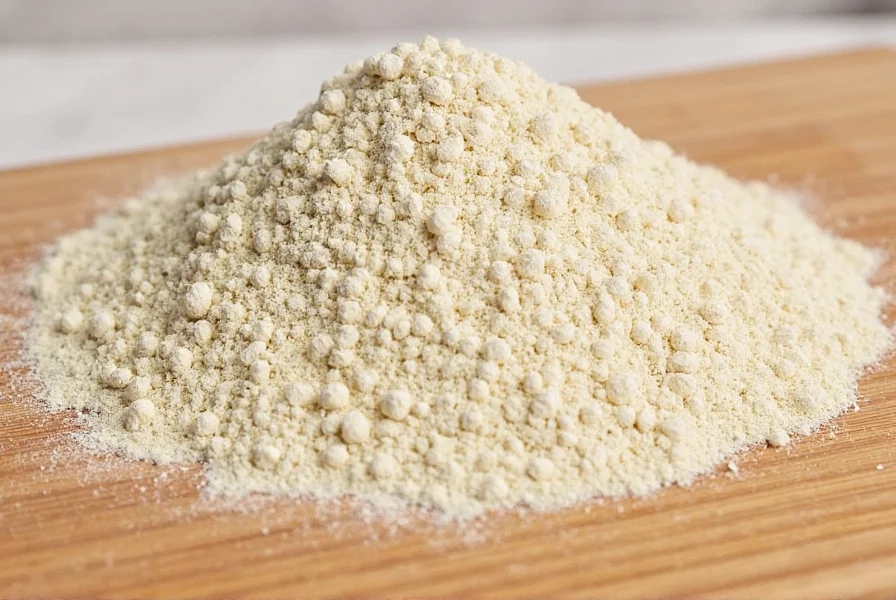
As you can see, white pepper is not just for the classic pepper grinder. It’s a powerful tool that can transform your meals with its subtle, complex flavor.
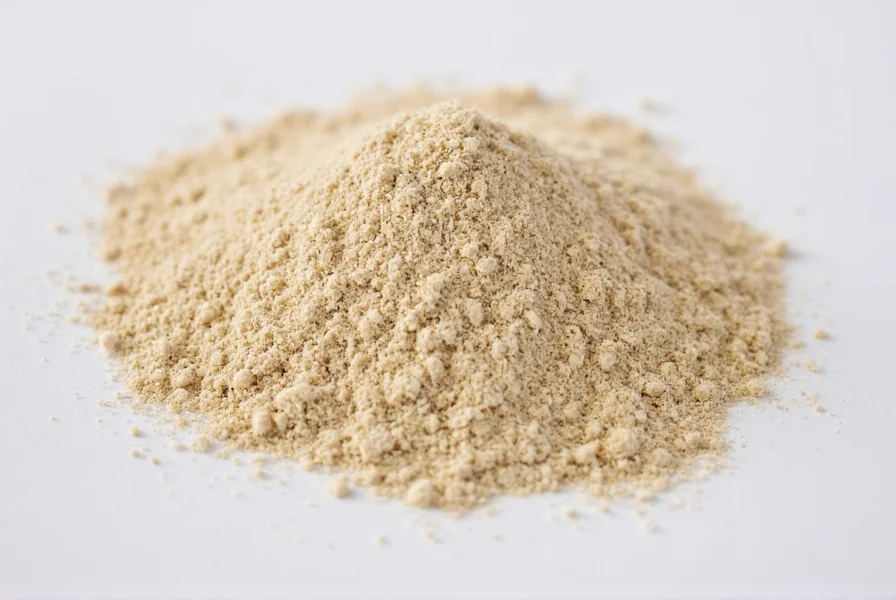
The Ultimate Buying Guide for White Pepper Powder
Choosing the right white pepper powder can make a big difference in your cooking. Here’s what to look for when shopping:
1. Freshness
Like all spices, white pepper loses potency over time. Look for packages with a clear “best before” date and check for a strong, aromatic scent. Avoid powders that smell stale or musty.
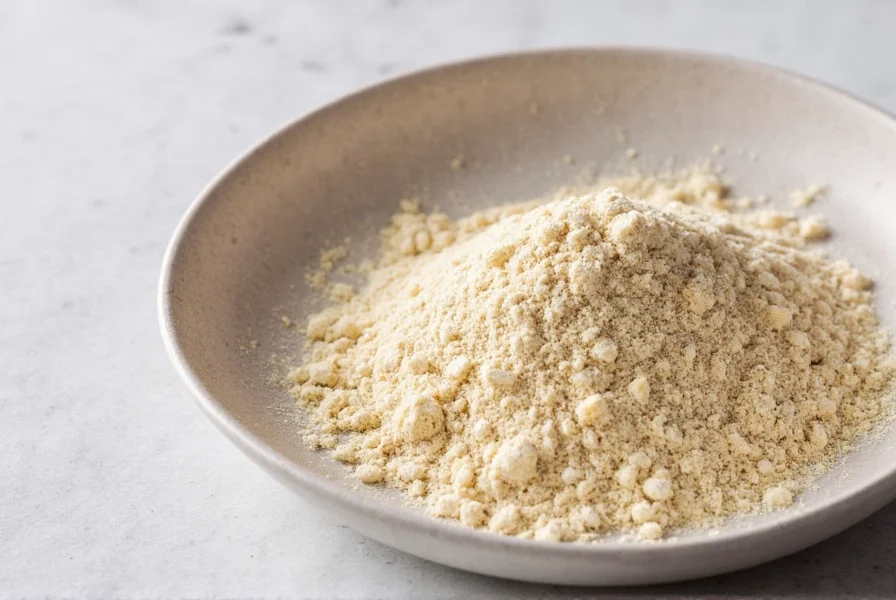
2. Source
White pepper is primarily grown in regions like Vietnam, India, and Indonesia. High-quality white pepper tends to come from these areas. Look for products labeled as “Vietnamese white pepper” or “Indian white pepper” for authenticity.
3. Texture
The ideal texture is fine and consistent. Avoid powders that clump together or feel coarse. A good quality white pepper should flow smoothly when poured.
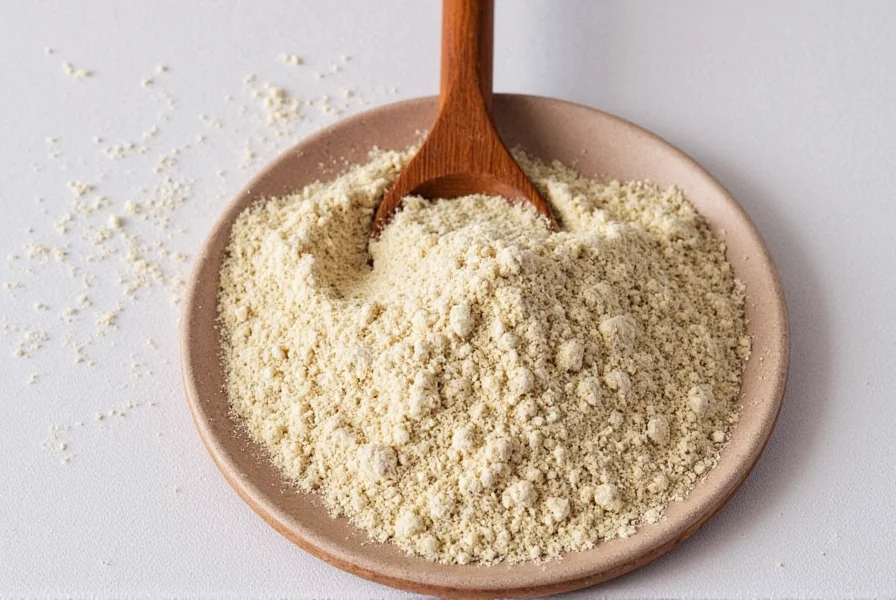
4. Brand Reputation
Some well-known brands specialize in high-quality spices. Brands like McCormick, Simply Organic, and Frontier Co-op offer reliable white pepper options. Read reviews and look for certifications like USDA Organic or Non-GMO Project Verified if that matters to you.
5. Packaging
Opt for airtight containers or vacuum-sealed packaging to preserve freshness. Glass jars or resealable bags are great choices. Avoid bulk bins unless you’re confident in the store’s handling practices.
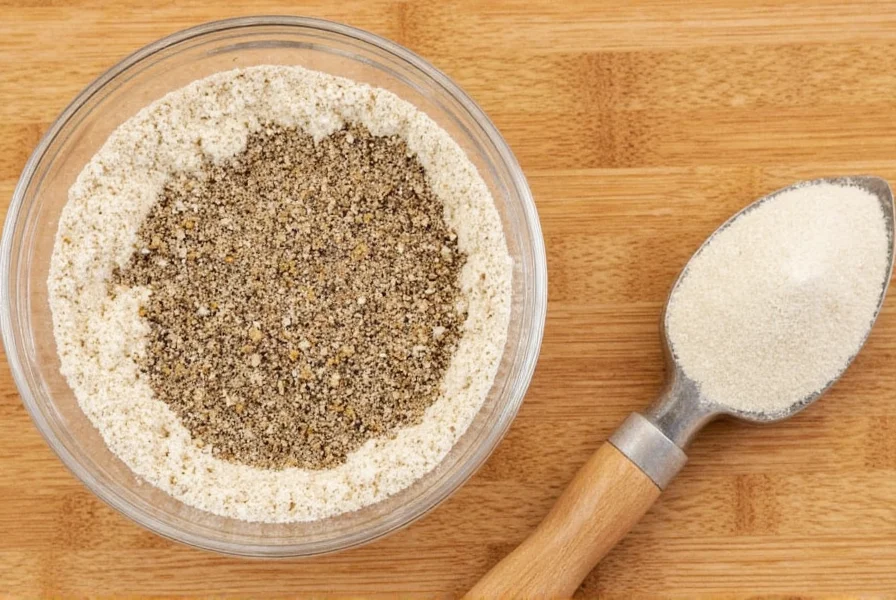
When choosing white pepper powder, consider how it will be used. For everyday cooking, a standard store-bought option works well. For more discerning palates, premium brands may be worth the investment.
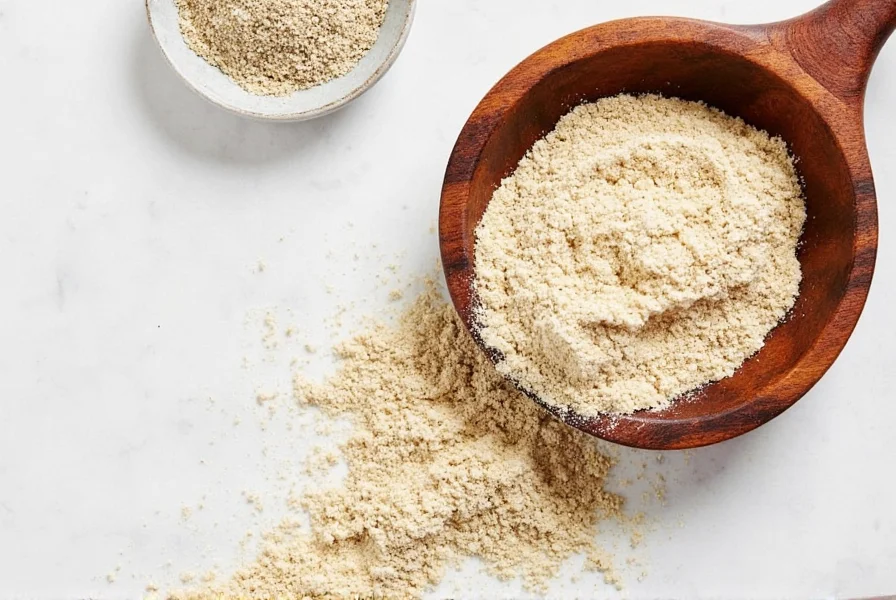
Cooking Tips and Tricks with White Pepper
Whether you're a seasoned chef or a home cook, here are some tips to get the most out of white pepper powder:
- Use It Sparingly: White pepper has a more delicate flavor than black pepper, so a little goes a long way. Start with a small amount and adjust to taste.
- Add It at the End: To preserve its flavor, sprinkle it over finished dishes rather than adding it during cooking.
- Pair It Wisely: White pepper complements dairy-based ingredients, citrus, and herbs. Try it with cream, lemon, thyme, or parsley for balance.
- Grind It Fresh: If possible, use a mortar and pestle or a manual pepper mill to grind whole white peppercorns. Freshly ground pepper offers a brighter, more intense flavor.
- Experiment with Flavors: Combine white pepper with other spices like nutmeg, garlic, or cumin for unique flavor combinations.
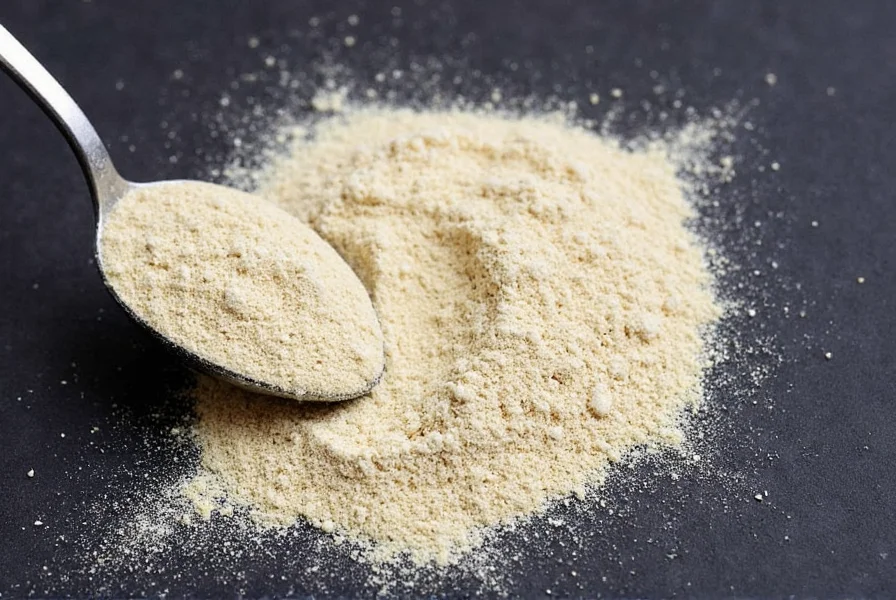
Remember, white pepper isn’t just for seasoning—it’s a flavor enhancer that can elevate everything from simple meals to gourmet creations.
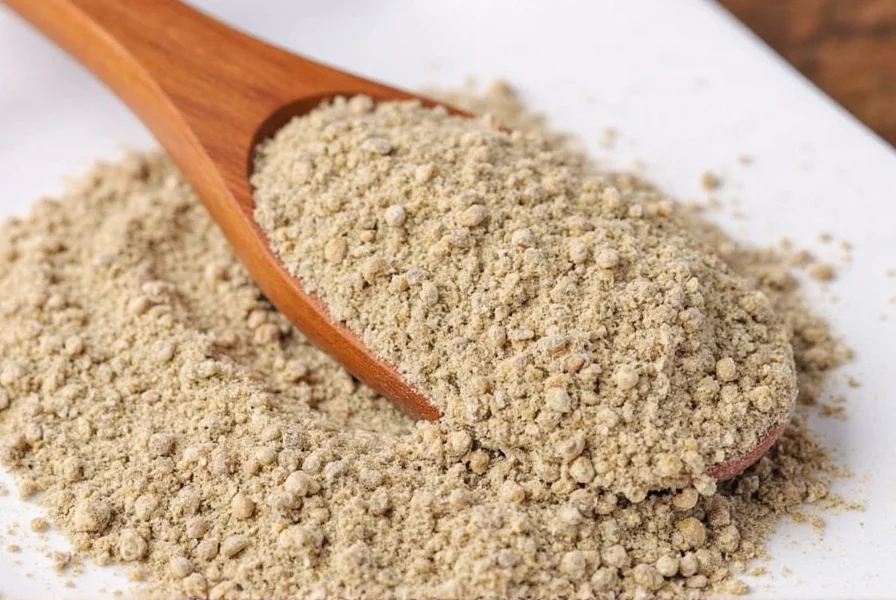
Conclusion
White pepper powder is a versatile and underappreciated spice that can bring new dimensions to your cooking. Its mild, earthy flavor makes it ideal for a wide range of dishes, from creamy sauces to seafood and beyond. Whether you're a seasoned cook or just starting out, understanding how to use and choose white pepper can help you unlock new flavors in your kitchen.
So next time you reach for pepper, consider reaching for white instead. You might just discover a new favorite ingredient that transforms your meals in unexpected ways.
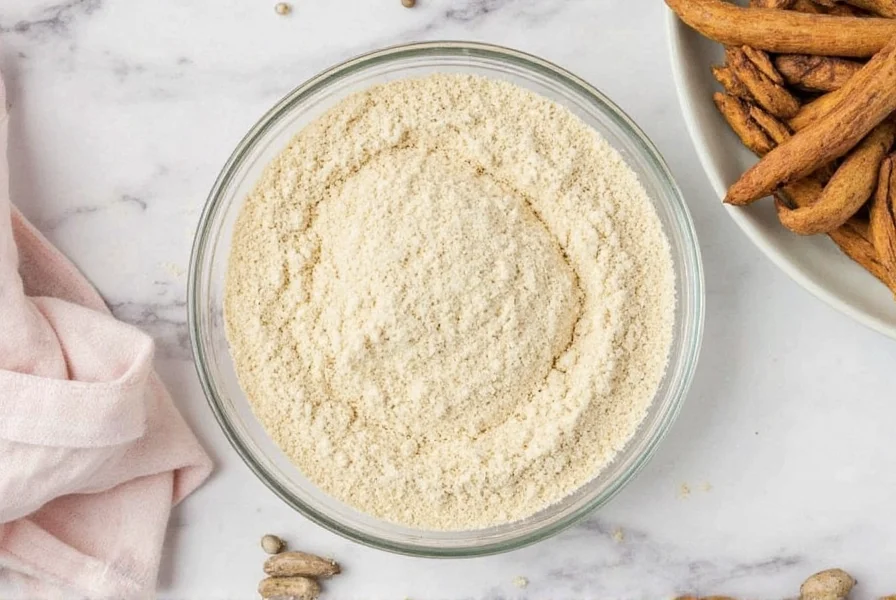
Remember, the key to great cooking is experimentation—and white pepper is a perfect place to start.










 浙公网安备
33010002000092号
浙公网安备
33010002000092号 浙B2-20120091-4
浙B2-20120091-4